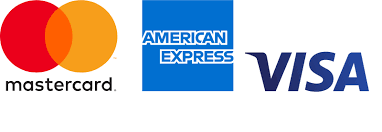What is MICR?
Magnetic ink character recognition, also known as MICR or MICR code, is a technology implemented in the 1950s to reduce the likelihood of check fraud and make it easier for businesses, banks and other financial institutions to process and clear checks.
Modern checks have a line of MICR code at the bottom printed in magnetic ink that includes information about the issuer and affiliated bank. MICR readers collect the data by scanning the check, reducing human error. However, the standard MICR code font is still legible to allow for the safeguard of a person reviewing checks as needed. The ink magnetization is a further safeguard against fraud, as checks printed with regular ink cannot be processed by the MICR reader.
History
Prior to the use of the MICR line, check sorting by account number was a manual process. Two systems, the "Sort-A-Matic" and "Top Tab Key Sort were used to handle the large numbers of checks processed in the banking industry. These less efficient systems were time-consuming and could be prone to error.
The Sort-A-Matic included 100 metal or leather dividers numbered 00 through 99. Each check was placed in the corresponding divider, arranged by the first two numbers of the account, then the next digits, and so on. When the process was complete, the checks were grouped by account number.
Under the Top Tab Key Sort System, small holes punched at the top of the checks to indicate the number code. A metal 'key' was inserted through the holes, thereby separating all the checks with a corresponding number of holes. This step is repeated for each digit until all the checks were sorted.
With the advent of computer technology, Stanford University and the Bank of America embarked on an experiment and were the first to use computers to sort and match checks.
Why Do We Use Checks?
Prior to the 1950s, checks were only used by a small percentage of bank customers in the United States. Most people used banks for savings and paid for goods and services in cash. As the country grew, however, and more goods were purchased from distant companies, some form of payment other than cash was required. Sending cash via parcel post was not (and still is not) a safe way to do business. As a result, individuals turned to money orders as the only means to pay for those goods. The inconvenience of this process caused banks to adapt to the demand for an alternative payment method. They created the checking account, which allowed the writing of a payment note on demand. However, as time passed and checks were rapidly adopted for all kinds of transactions, the banks subsequently experienced difficulty manually processing the overwhelming numbers of checks written. With the advent of MICR code, a new and highly secure process was born, which we still use today.


